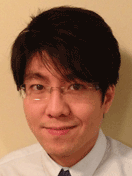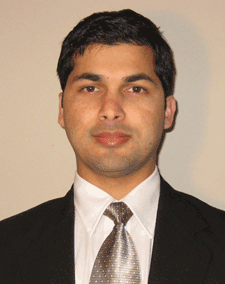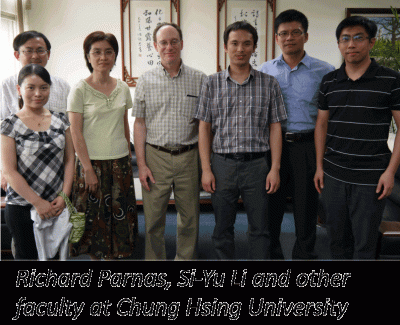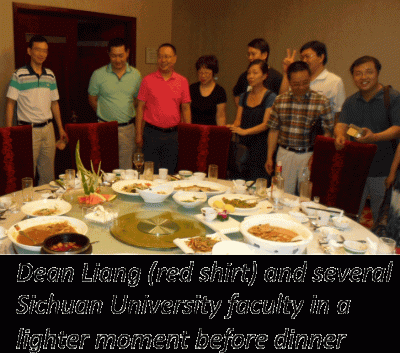UConn chemical engineering students shone at the American Institute of Chemical Engineers (AIChE) annual meeting held in Pittsburgh from October 26th to November 2nd. With Hurricane Sandy bearing down on the Eastern Seaboard, it was challenging to get everyone out to the conference in advance of the storm, and some faculty and students were unable to attend.
Despite the weather setbacks, during the undergraduate conference, which preceded the professional/academic portion of the conference, UConn’s AIChE student members performed admirably. Officers Breanne Muratori (chapter President) and Kimberly Dout (chapter Secretary) attended student leadership events, which they found to be informative and productive in terms of networking with fellow officers across the country.
Seven undergraduates participated in the undergraduate poster competition. Emily Anderson (‘12), advised by Dr. Leslie Shor, was awarded first place in the Environmental Science and Engineering division for her poster, “Impact of Hydrogel Content on Water Retention in Soil Micromodels.” Additionally, Breanne Muratori, advised by Dr. Jeff McCutcheon, gave an oral presentation entitled “Improving the Mechanical Properties of Activated Carbon Nanofiber Nonwovens.” It was one of only a handful of talks given by undergraduates at the meeting and reflects UConn AIChE’s dedication to better bridging the student section and the professional conference.

In celebration of their accomplishments, the UConn chemical engineering students and faculty held a dinner at the Bigelow Grille in Pittsburgh. A bonus of Hurricane Sandy’s grounding of the group in Pittsburgh was that it enabled the undergraduates to stay a few extra days and experience the larger professional conference, including the university hospitality suites. UConn’s hospitality suite was a great success, with over 300 alumni and friends in attendance.






 Hom Sharma, a Ph.D. candidate from the CMBE department, has received a highly competitive and prestigious Science to Achieve Results (STAR) Fellowship from The U.S. Environmental Protection Agency. This federal government award is limited to the country’s most outstanding graduate students in environmental science-related fields. The fellowship provides $126,000 over a three-year period to cover full tuition, a stipend, and research expenses. The fellowship has been awarded to the proposal titled “Computational and experimental investigation of catalyst deactivation to design sulfur resistant emissions oxidation catalysts” submitted to EPA. Hom is the first graduate student to receive the EPA STAR fellowship from UConn School of Engineering.
Hom Sharma, a Ph.D. candidate from the CMBE department, has received a highly competitive and prestigious Science to Achieve Results (STAR) Fellowship from The U.S. Environmental Protection Agency. This federal government award is limited to the country’s most outstanding graduate students in environmental science-related fields. The fellowship provides $126,000 over a three-year period to cover full tuition, a stipend, and research expenses. The fellowship has been awarded to the proposal titled “Computational and experimental investigation of catalyst deactivation to design sulfur resistant emissions oxidation catalysts” submitted to EPA. Hom is the first graduate student to receive the EPA STAR fellowship from UConn School of Engineering.

 A series of meetings with the governor’s Minister of Industry, the mayor of Jin Chuan city (where the complex is located), and the 10 CEOs of the companies involved in the complex illustrated the fast pace of development that is possible when public / private partnerships are executed with a cooperative attitude.
A series of meetings with the governor’s Minister of Industry, the mayor of Jin Chuan city (where the complex is located), and the 10 CEOs of the companies involved in the complex illustrated the fast pace of development that is possible when public / private partnerships are executed with a cooperative attitude.